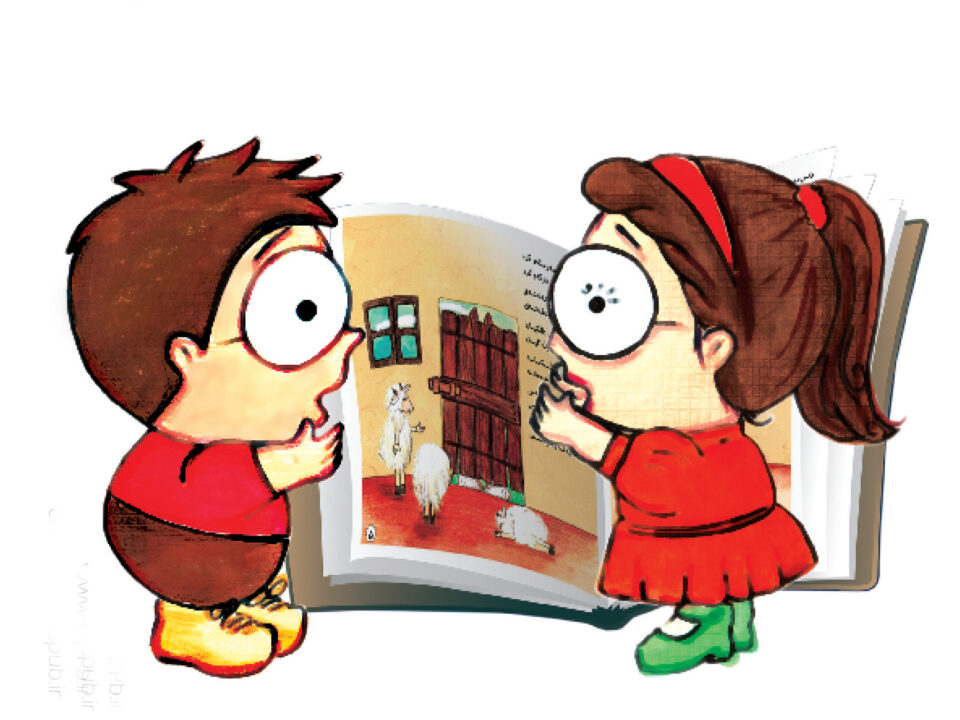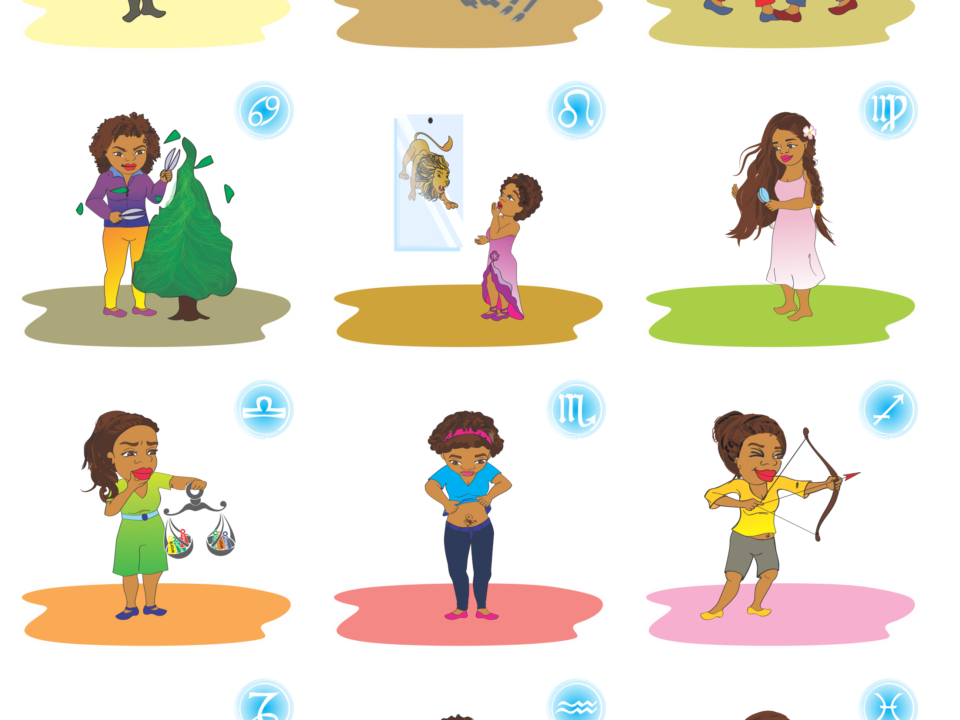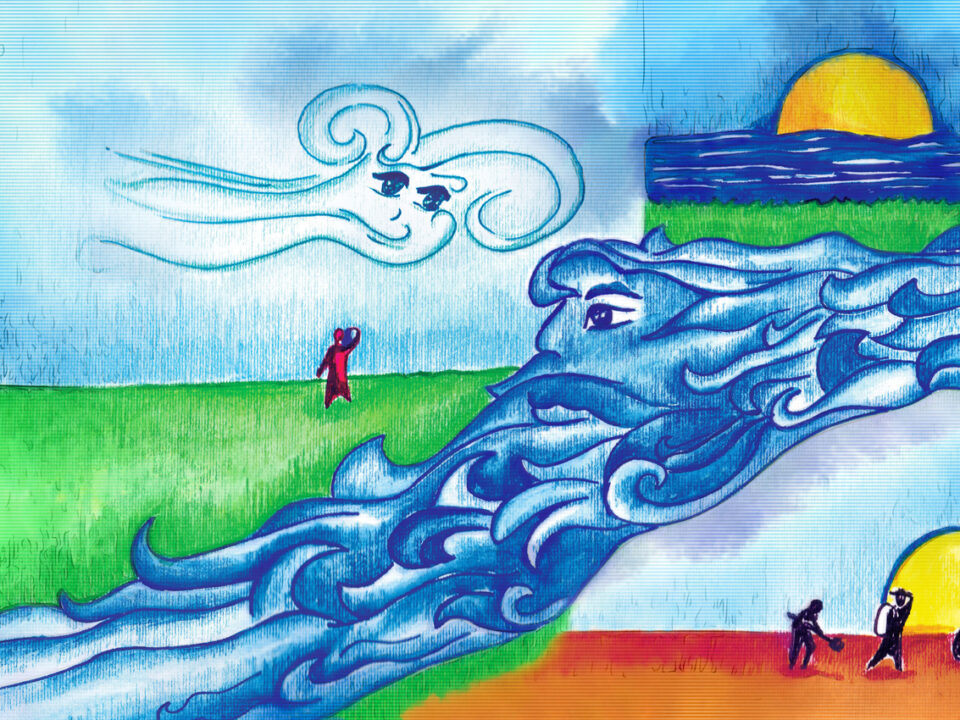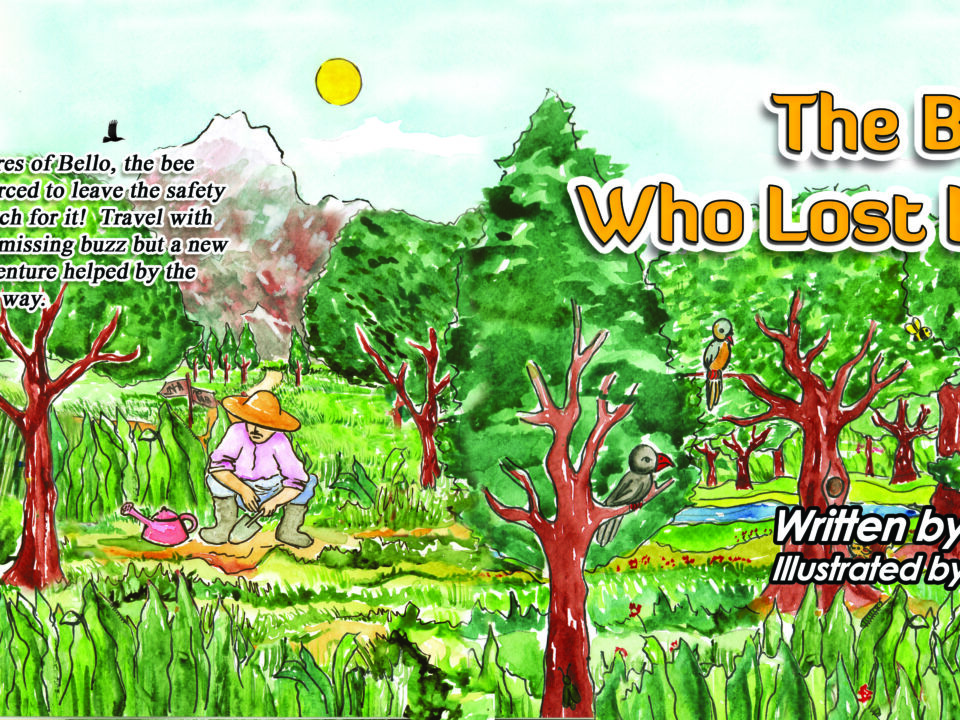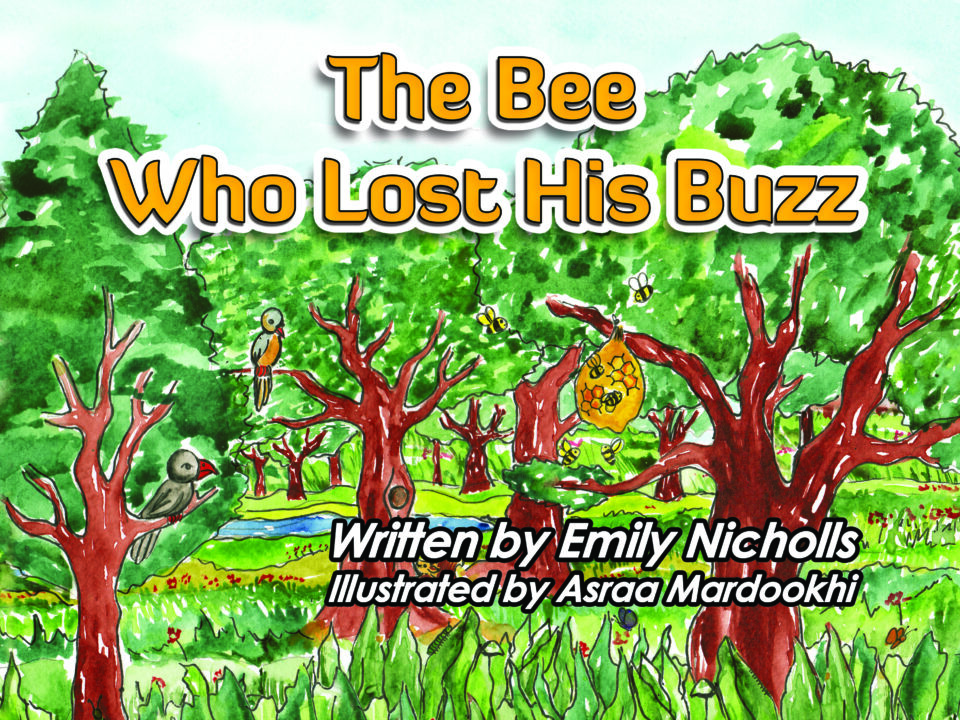Illustration is a powerful and creative art form that uses color, shapes, and lines to tell stories, evoke emotions, and explain complex concepts. It is widely used in children's books, adult literature, social media, advertising, educational content, and fine arts. In this overview, I will explore the types of illustration, their applications, and the techniques used in creating impactful and expressive illustrations.
1. Types of Illustration
Illustration comes in various types, each with its own style and purpose:
A. Editorial Illustration
- Purpose: To interpret and complement articles, reports, and written content in magazines, newspapers, and websites.
- Characteristics:
- Typically conceptual, creative, and symbolic to effectively convey the article's message.
- Often thought-provoking, adding depth and meaning to editorial content.
- Applications:
- Illustrations for analytical and opinion pieces.
- Accompanying satire or critical commentary.
- Enhancing storytelling in news reports and feature articles.
B. Social Illustration
- Purpose: To convey social, cultural, and political messages in an impactful and relatable way.
- Characteristics:
- Often conceptual, emotional, and thought-provoking to raise awareness about social issues.
- Uses symbolism and metaphor to communicate complex ideas.
- Applications:
- Posters and social campaigns.
- Digital content and social media visuals.
- Addressing cultural, political, and environmental topics.
C. Children’s Book Illustration
- Purpose: To enhance imagination and help children understand stories and educational concepts.
- Characteristics:
- Bright and vivid colors to attract children's attention.
- Cartoonish and whimsical characters to create emotional connections.
- Storytelling through visuals to help children easily grasp the story's meaning.
- Styles:
- Traditional Illustration (colored pencils, watercolor, gouache)
- Digital Illustration (vector art and pixel art)
- Applications:
- Storybooks and educational books for children.
- Picture books without text (Wordless Picture Books).
- Educational games and digital content for children.
D. Adult Book Illustration
- Purpose: To convey deeper and more complex themes to adult readers.
- Characteristics:
- Sophisticated color palettes to set the mood and tone.
- Detailed and realistic illustrations to enhance storytelling.
- Abstract and symbolic concepts to express emotions and complex ideas.
- Applications:
- Graphic novels and comic books.
- Book covers for fiction and non-fiction titles.
- Illustrated poetry and philosophical literature.
E. Advertising Illustration
- Purpose: To attract customers and strengthen brand identity.
- Characteristics:
- Vivid colors and high contrast to catch attention.
- Creative combination of typography and visuals to create impactful advertising messages.
- Strong conceptualization for memorable and persuasive advertising.
- Applications:
- Print advertisements (posters, brochures, billboards).
- Digital ads (web banners, social media visuals).
- Product packaging and promotional materials.
2. Illustration Techniques
Illustration is created using a variety of traditional and digital techniques:
- Traditional Illustration:
- Colored Pencils and Graphite: For detailed and textured drawings.
- Watercolor and Gouache: To achieve soft textures and vibrant colors.
- Ink and Brush: For bold lines and high contrast effects.
- Digital Illustration:
- Vector Illustration: Created using Adobe Illustrator and CorelDRAW for scalable graphics.
- Pixel Art: Pixel-based art for video games and digital storytelling.
- Digital Painting: Using Adobe Photoshop and Procreate to create realistic textures and detailed paintings.
Digital illustration offers versatility and efficiency, while traditional techniques bring a unique handmade feel.
3. Software and Tools Used in Illustration Design
To create professional and expressive illustrations, I use industry-standard software, including:
- Adobe Illustrator: For vector illustrations and character design.
- CorelDRAW: For vector art and combining typography with illustrations.
- Adobe Photoshop: For digital painting and adding visual effects.
- Procreate: For digital painting and sketching on tablets.
- Clip Studio Paint: Specially designed for comic book and manga illustration.
These tools enable me to efficiently bring creative ideas to life and adapt illustrations for print and digital platforms.
4. Applications and Impact of Illustration
Illustration is used in a variety of fields to engage, educate, and inspire audiences:
- Children's Books and Educational Content: Enhancing learning through visuals and storytelling.
- Graphic Novels and Comic Books: Combining art and narrative for immersive experiences.
- Social Media and Digital Marketing: Increasing engagement with creative visuals and infographics.
- Editorial and Conceptual Art: Complementing articles and conveying complex ideas.
- Advertising and Branding: Building brand identity and emotional connections.
With its versatility and emotional impact, illustration is a powerful tool for effective communication and storytelling.
5. Importance and Benefits of Illustration
Illustration is a powerful visual language that helps to:
- Simplify complex messages and make them easily understandable.
- Evoke emotions and stimulate imagination among audiences.
- Enhance educational content for children through engaging visuals.
- Strengthen brand identity and leave a lasting impression on customers.
With the right concept, style, and technique, illustration can transform ideas into impactful visual stories.
6. Conclusion
Illustration is not just about creating beautiful images; it’s about communicating ideas, telling stories, and connecting with audiences on a deeper emotional level. By mastering both traditional and digital techniques, I create illustrations that are expressive, meaningful, and memorable


